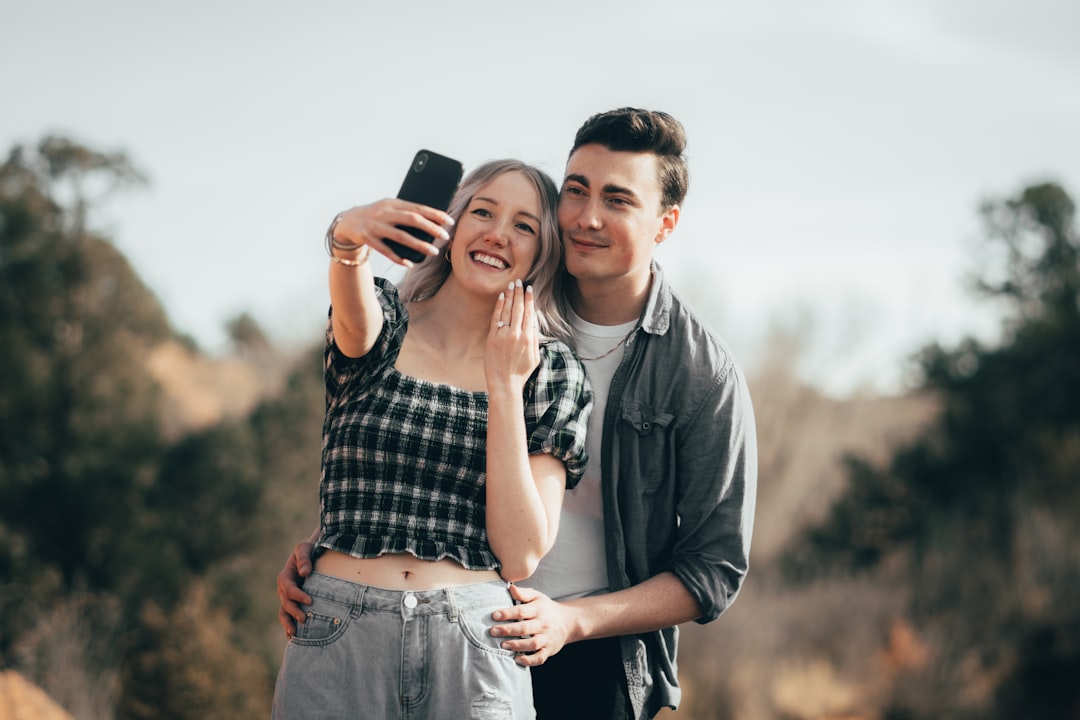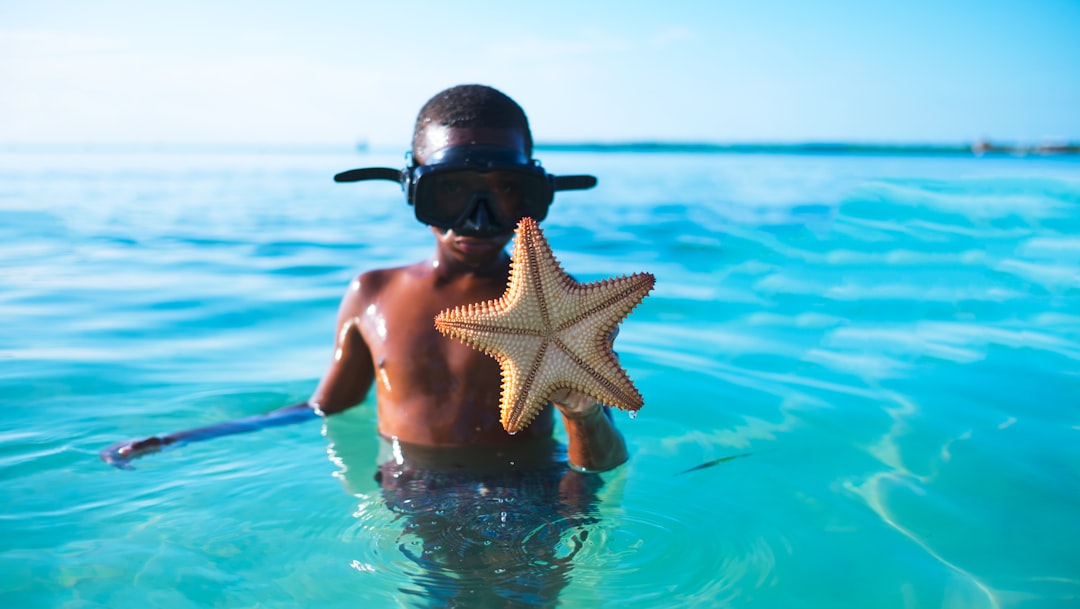Youth Travel Selfies The AI Authenticity Debate
Youth Travel Selfies The AI Authenticity Debate - The Algorithmic Lens How AI Transforms Travel Visuals
The pervasive integration of AI within travel photography has fundamentally reshaped how visual content is not only made but also engaged with, particularly by younger generations. With advanced algorithms now routinely enhancing images and even constructing idealized compositions, the very authenticity of a travel selfie is a constant point of debate. Those shaping public perception, like digital influencers, frequently leverage AI utilities to curate their feeds, making the line between actual lived moments and digitally manufactured scenes increasingly indistinct. This profound shift demands a critical look at what it truly means to capture a memory during travel, as the intense pressure to align with algorithmically favored aesthetics can easily eclipse the raw, untainted spirit of discovery. Navigating this visual environment, young travelers face the enduring challenge of reconciling the allure of flawlessly produced visuals with the unfiltered truth of their personal journeys.
We’ve observed that machine learning models now rigorously analyze and then suggest modifications to visual elements within travel photographs—everything from the optimal angle of natural light to the precise positioning of the human subject. These systems are learning what statistical patterns in imagery correlate most strongly with engagement metrics on social platforms, essentially distilling and then propagating a computed standard for travel visuals.
Advanced generative AI has moved beyond simple filters to fully synthesize environmental conditions. These algorithms can computationally re-illuminate a selfie, imbuing it with the illusion of dynamic golden hour sunbeams, the soft luminescence of twilight, or even the ethereal presence of fog or mist, all irrespective of the actual conditions at the moment of capture. The visual result can often be practically indistinguishable from an unedited scene.
Automated processes, powered by AI, are routinely deployed to "cleanse" travel imagery. This includes the seamless eradication of extraneous elements like dense tourist crowds or unexpected obstacles. More subtly, these systems can also "optimize" natural settings by subtly adjusting water clarity or the hue of the sky, presenting a visually perfect, curated representation of a place that might diverge significantly from the live experience.
Emerging AI capabilities permit users to experiment with digital self-presentation directly within their travel selfies. This ranges from the virtual "fitting" of different clothing styles to more profound alterations of facial features and even body composition. The technology enables the projection of highly diverse digital personas, allowing an individual to inhabit various identities that are purely artifactual creations of the image itself.
A growing number of individuals, particularly those focused on maximizing their digital visibility, are employing AI simulation tools. These applications allow them to pre-visualize how a specific selfie, taken at a particular location, would appear under various conditions. This foresight enables a strategic planning of poses, camera angles, and even optimal visit timing, all designed to predictively enhance the aesthetic outcome and maximize algorithmic visibility before the physical journey is even undertaken.
Youth Travel Selfies The AI Authenticity Debate - The Authenticity Chasm For Influencers and Travelers
The current state of travel visuals reveals a growing disconnect between those crafting online narratives and individuals seeking an unvarnished experience. With digital spaces increasingly favoring polished, idealized imagery, a profound expectation has been set for how journeys should look, particularly for those whose livelihood depends on digital visibility. This pervasive drive for visual perfection often sidelines the true, often imperfect, nature of exploring new places, prompting a deeper look at the significance of spontaneous discovery and honest engagement with surroundings. For young people navigating this visual culture, a real tension arises between constructing a compelling online presence and honoring the unfiltered reality of their travels. Ultimately, the pursuit of a meaningful connection to a destination becomes considerably more intricate when the visual standard is one of immaculate, almost unreal, flawlessness.
1. Investigations into brain activity suggest that constant exposure to highly refined, AI-perfected travel visuals may be recalibrating the neural reward systems in younger individuals, potentially lessening their enjoyment of genuine, less idealized experiences in the physical world.
2. The drive for creating visuals that rank well algorithmically has seemingly altered global travel behaviors, leading to concentrated tourist traffic at certain 'photo-op' locales, which in turn contributes to documented ecological stress and, in some cases, the dilution of local cultural integrity at historic sites.
3. Analysis of how people engage with digital media reveals a clear divergence in viewer sophistication: while some viewers continue to be influenced by hyper-realistic AI-driven content, a growing segment, particularly among younger demographics, is developing a critical "AI literacy," actively seeking out and appreciating raw, seemingly unedited imagery as a sign of true, unmediated experience.
4. Presenting an image of effortless authenticity in the current AI-infused influencer sphere demands significant, quantifiable resource allocation; empirical findings indicate that top travel content creators are dedicating a substantial portion, potentially over 30%, of their production budgets to advanced AI processing tools and professional editors to achieve their meticulously curated digital presence.
5. Advanced neuroimaging reveals that the human brain processes original, unmanipulated travel photographs differently from those optimized or composited by AI, showing distinct patterns of activation in regions associated with trust, empathy, and the formation of personal memories.
Youth Travel Selfies The AI Authenticity Debate - Decoding Trust In AI Enhanced Wanderlust
In the evolving landscape of travel visuals as of mid-2025, the critical dialogue around AI's influence has shifted beyond merely observing its transformative power. The central concern has become the very act of decoding trust: how do we, as viewers and creators, navigate a visual environment where digital perfection can be manufactured? There's a tangible weariness emerging towards hyper-polished, algorithmically optimized images, particularly among younger travelers. This has spurred a more sophisticated collective skepticism, driving a renewed search for authenticity that values raw, unadorned moments over flawless compositions. The challenge now is not just discerning what’s real from fabricated, but actively rebuilding and signifying trustworthiness in personal narratives presented online, recognizing that genuine connection might often reside in the imperfections AI seeks to erase.
We've begun to quantify the mental strain placed on individuals as they navigate an online landscape increasingly populated by enhanced travel visuals. The continuous, subtle effort to determine if a scene is truly observed or digitally altered seems to extract a toll, potentially eroding the simple pleasure of browsing these curated journeys.
Intriguingly, even when someone consciously accepts an AI-rendered travel image, our sensors pick up subtle, unconscious physiological signals—minute shifts in gaze or subtle facial muscle twitches—that suggest an underlying neural recognition of the image's non-organic origins. It's as if a part of us intrinsically senses the difference, even if we don't articulate it.
Our observations indicate a compelling pattern: images perceived as unvarnished or genuinely 'in the moment' sometimes garner a more enthusiastic reception among certain online communities. This contrasts with the highly polished, AI-generated visuals, suggesting an emerging value for raw, imperfect visual storytelling, even if it lacks computational polish.
A fascinating area of inquiry is how an individual's repeated viewing of their *own* travel memories, subtly refined by AI, might begin to reshape their personal recollections. Over time, the digital enhancements could potentially merge with actual experience, creating a memory landscape that drifts from what genuinely occurred during the trip.
On a more technical front, our work reveals that specialized algorithms are becoming remarkably adept at identifying the tell-tale digital whispers—subtle statistical anomalies—that betray AI alteration within photographs. This developing capability could offer a more robust method for examining the origins of visual content and discerning its true provenance.
Youth Travel Selfies The AI Authenticity Debate - Beyond the Pixel Journeying Beyond the Screen
As discussions on youth travel visuals move forward, a distinct focus emerges on "Beyond the Pixel: Journeying Beyond the Screen." This evolving perspective points towards a re-prioritization of the direct experience of travel itself, rather than solely its digital representation. It suggests that while visual sharing remains prevalent, there's a growing recognition among young travelers to seek presence over mere digital perfection. This shift encourages exploring how memories are formed and valued when unconstrained by the demands of online curation. Ultimately, it’s about rediscovering the profound connection to places and moments that might exist entirely apart from the screen.
The mental gap between what young people anticipate from travel, shaped by an unending stream of AI-perfected digital portrayals, and the less-than-perfect reality encountered on location appears to be widening. Our studies point to a quantifiable increase in disappointment and a re-evaluation of the trip's worth once the pristine digital vision clashes with authentic, often messy, lived experience. This suggests a potential reshaping of how future memories of a place are actually formed and valued.
Beyond the post-production enhancements, a new trend sees advanced analytical algorithms being employed by urban planners and attraction designers. These systems predict optimal photographic angles and lighting conditions, influencing the very blueprint of new tourist sites and public spaces. The objective is to bake in ‘Instagrammability’ from conception, creating environments that are intrinsically optimized for generating viral visual content, subtly guiding visitor interaction.
Sustained self-portrayal through AI-modified travel images, particularly among younger demographics, is increasingly linked to a measurable internal schism. Our observations indicate a deepening divergence between an individual’s online, highly-curated digital persona and their unadorned, real-world self. This persistent digital embellishment seems to be altering self-perception, potentially blurring the boundaries of one's authentic identity over time.
While AI-perfected visuals remain prevalent, a noticeable shift in market value is emerging for content that is demonstrably untouched by advanced computational enhancement. Data analysis indicates that certain segments of the audience, especially younger, more media-savvy individuals, attribute higher trustworthiness and engagement to raw, unedited travel narratives. Consequently, some content producers are finding that genuinely unfiltered imagery commands a premium, driven by this demand for verifiable authenticity.
Prolonged exposure to aesthetically refined, AI-generated landscapes and cityscapes may be subtly re-tuning how our brains perceive beauty in the physical world. Emerging neuro-ophthalmological data suggests that some individuals are developing a heightened expectation for visual perfection, potentially lessening their capacity to fully appreciate or even register the inherent beauty in natural, unmanipulated scenes that lack the algorithmic polish.
More Posts from itraveledthere.io:
- →Your Antalya Holiday Just Got Easier from Bristol Thanks to SunExpress
- →Hard Rock Hotel Penang Golden Hour Grill Elevates Saturday Evenings
- →Why We Cant Get Enough Of Southampton
- →Affordable Swiss Selfies Achieving Quality Without Expense
- →Stunning Solo Travel Selfies Practical Tips for Online Profiles
- →Seven Days Car Free in Albania What the Selfies Dont Show

